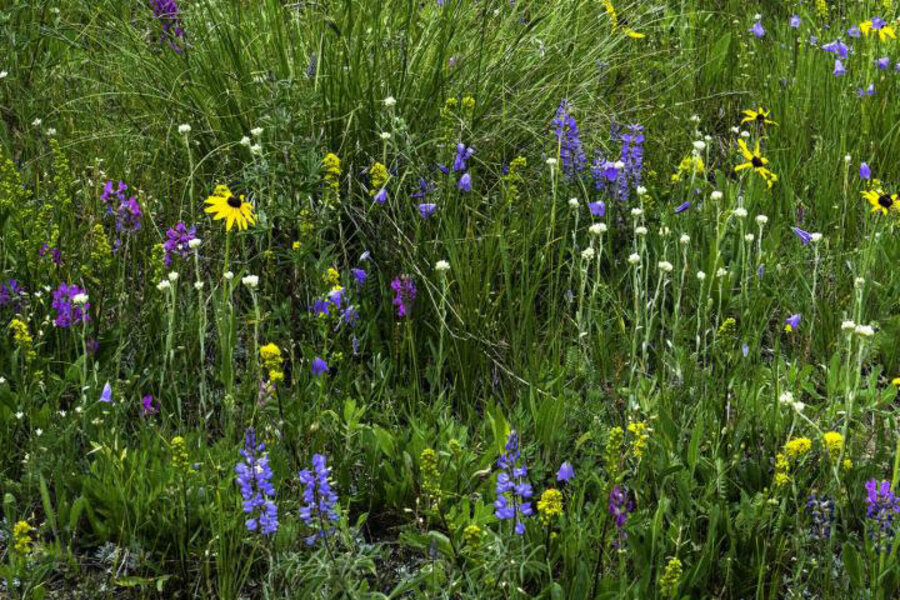Et tu nitrogen? Study links nitrogen pollution to plant diversity decline
Loading...
Though nitrogen is an important component in biological processes and a plant fertilizer, too much of it is toxic to plants and threatens their diversity across the United States, says a new study from the University of Colorado in Boulder.
Plants absorb nitrogen through the soil or air. In limited amounts, it is a nutrient, but if there is too much to absorb, the nitrogen becomes a pollutant and could kill whole ecosystems. As global emissions of nitrogen into the atmosphere by agriculture and other industries have tripled in the last century, say researchers in a paper published today in the journal Proceedings of the National Academy of Sciences, they worry about the environmental damage this could cause.
"The numerous plant species that live in an ecosystem are a bit like rivets on an airplane," Samuel Simkin, a postdoctoral research associate at the University of Colorado and lead author of the new study, said in an announcement.
"You might be able to lose a few without issue, but losing too many can be disastrous. It's hard to determine where that tipping point is," Dr. Simkin said.
Simkin and his team studied about 15,000 forest, woodland, shrubland, and grassland locations across the country to determine how much nitrogen it would take for it to become harmful to plants there. The team took factors such as climate and soil conditions into account.
The researchers found that a quarter of the sites they studied were at or above nitrogen levels that could kill off plant species. Grassland regions, especially those with acidic soil, are the most vulnerable, while groundcover plant species in forested regions with non-acidic soil are least vulnerable.
"Plant species diversity acts as an ecological buffer against events such as drought," William Bowman, an ecology professor at the university and a co-author of the study, said in a research announcement.
"If we see a reduction in plant species in some ecosystems as a result of atmospheric nitrogen, that might lead to unintended consequences and affect communities adversely," he said.
Their findings, say the authors, could impact future air quality standards that limit polluting emissions, and on biodiversity conservation efforts.







